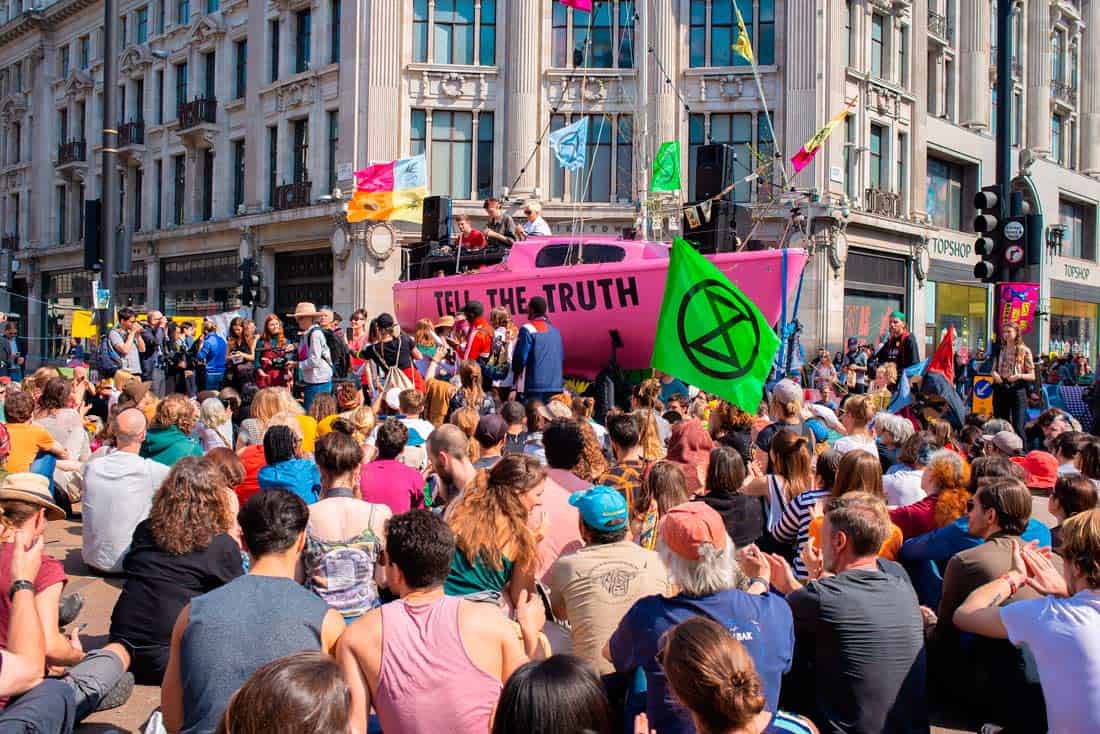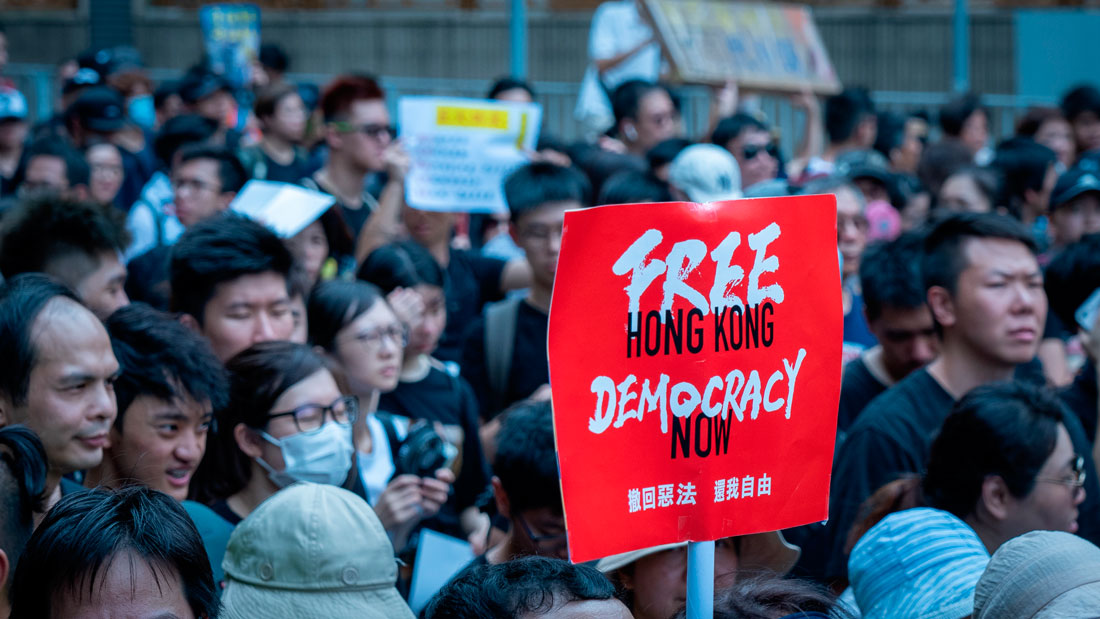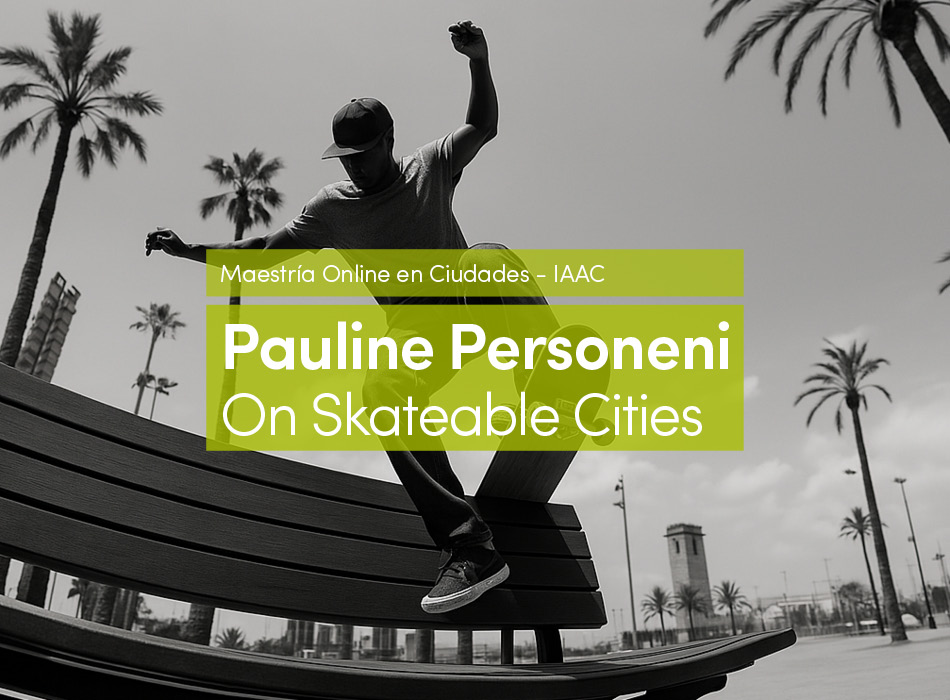Think about youth subculture, visualize, and the extravagant outfits of punks in 1980s Camden Town, London, or New York’s Tompkins Square Park, home to a de facto homeless shelter, come to mind.
Yes, youth subcultures had their hang out sites, and they were eminently urban, but their use of space was largely ignored.
The subcultures discussed in Dick Hebdige’s seminal work Subculture: The Meaning of Style, focused on the youth tribes that emerged in the years after WWII as a form of political rebellion in which style and artistic expressions were related to social, cultural and political concerns – where style (clothes, music, etc.) was inherently political, a form of class revolt, to “express and resolve contradictions which remained hidden or unresolved in the parent culture.” This aspect of conflict was key to their definition.
As defined by Hebdige, subcultures were all about conflict with the mainstream, but at the same time, they also required a stage to enact their conflict. Mostly, that stage was the urban environment and its satellites: coastal seaside resorts in southern England in the case of mods and rockers in the 1960s. Indeed, mods and rockers exhibited their angry energy and style in public space. They took to the streets; they took to the beaches.
In the 1960s the fights between mods and rockers on the beaches of Margate, Brighton and Clacton, hit the headlines of British media, with statements such as: “Yes, I am a Mod and I was at Margate. I’m not ashamed of it − I wasn’t the only one. I joined in a few of the fights. It was a laugh. I haven’t enjoyed myself so much for a long time. It was great − the beach was like a battlefield.”
Throughout the 1970s and 1980s, these subcultural movements were often linked to spatial practices: hip hop was born in the back streets of the Bronx and came out of the block parties, since their attendees were not allowed to enter regular clubs. However, space still was not a defining feature when it came to talking about them.
From the end of the 1990s until today, subcultural groups have incorporated the effects of the internet and social media. This has questioned the nature of subcultures themselves as just a product of fashion brands or a passing fad. And whilst it was a lot easier to draw connections between a group that did not exist exclusively in the digital realm – the music they listened to, or their socioeconomic status – such as for instance, the e-boys and e-girls (active internet users often stereotyped as emo-styled anime and gaming fans active on social media), the advent of social media platforms has allowed these groups to expand worldwide and have a repertoire of infinite forms of identity, or at least to propose such a possibility.
Here, it is useful to turn to sociologist Erving Goffman’s dramaturgy, in order to incorporate the ability of subculture members to interact with each other in certain contexts, showing patterns of cultural “scripts”, allowing somebody to play a given role in one situation and another in the next. In fact, we all occupy multiple roles in a given day: student, friend, son/ daughter, employee, etc. This is particularly evident on social media.
From the fights between mods and rockers in Brighton in the 1960s to the e-boys and e-girls’ challenges on TikTok (viral games for members to reproduce and disseminate), the only notion of space traditionally used to define them was limited to that of physical space. However, if space is viewed as a social construction, based on the social interactions of its participants (one in which we live and create relationships with other people, with whom we interact, not just a physical space), the prospects of the digital become an exciting possibility rather than a limitation. Today, Reddit is the front page for digital communities of shared interests, and platforms such as Tumblr and TikTok have been particularly formative for subcultures in the 21st century.
The role of urban space in creating subcultural identities
Indeed, space defined as a complex social construction (based on values, and the social production of meanings), broadly understood here as access to urban resources, has comprised new forms of urban activism, similar to the right to the city in Lefebvre’s terms. This is evidenced by the Hong Kong protestors or the activists of Extinction Rebellion, who have disrupted traffic and closed roads and have met in secret locations to organize, but who at the same time, plotted it all online beforehand – thus indicating that online and IRL (in real life) are a continuum space for ongoing interaction and the performance of multiple roles.
I have argued that subcultures construct their identities within spatial contexts, and that these are settings where participants come together and interact and collectively construct their identity.
Subcultures are fundamentally social, and the spaces they inhabit – whether physical or virtual – are largely constructed by their social interactions (the spaces of subcultures affect the identities of members, and at the same time, their identity is shaped by their spatial construction of reality).
At the same time, lately, we have observed plenty of initiatives representing the rights of residents (such as the Social Forum, Attac or Future of Places), guided by slogans of spatial justice and residents’ well-being. The tribe of swaggers (made popular by hip-hop culture, to define those youngsters who use social media as a way of life and who are connected all day long through Instagram or Snapchat), in addition to being online, also gathered outside Barcelona’s Apple Store.
The digital age encourages the mutability of subcultures, and of identity – there is no requirement to adhere to one specific aesthetic or archetype. A TikTok user, for instance, may adopt a multitude of personas within different subcultures: she may be an e-girl one day, a soft girl the next, and the day after VSCO girl (female teenagers who dress and act in a certain manner so they are virtually indistinguishable from one another, both online and in real life).
At the same time, the limited temporality with which these movements gain traction does not necessarily diminish their value or their association with social or cultural influence.
Following Goffman’s approach, it is easy to play roles on social media “We are all just actors trying to control and manage our public image. We act based on how others might see us.” Thus, in the era of increased mobility, globalization and uprootedness, there is a growing trend towards lifestyle-based communities with an interest in the semi-public and public space. COVID-19 has affected this, but members have simply moved entirely online, where many remain. In this regard, I contend that contemporary subcultures’ members define themselves as part of a subculture through their interactions with each other, whether IRL or online.
During COVID-19, physical contact has been limited and restricted to a minumum, but different subcultural groups have used the spatial environment (both physical and virtual) in largely mixed ways, ranging from fandom online encounters to networking events such as the Milan and London Design Biennale, as well as outbreaks of urban action, such as Extinction Rebellion. The number of physical events that previously took place in real life, where people with similar interests gathered and exchanged views, such as Salone del Mobile Milano, World Architecture Festival, were all delivered online thanks to a growing range of digital platforms. Now, they are just a click away, offering free online registration, facilitating community engagement and outreach, whilst removing entry barriers to participation. At the same time, it has been easier than ever to participate in any social action led by these groups by just using social media. The number of opportunities has been limitless.
Perhaps it is time to move from performance to interaction, as the spokesperson for this edition of The London Design Festival explains:
“The London Design Festival is not just a platform for this huge portfolio of design stories, but to actually help generate and encourage the general public to come hear those stories, to reinvigorate the city after an extended period of lockdown,”
Subcultures are neither dead, nor a fad, but quickly mutate. The new right to the city is activated through a touch screen.




















